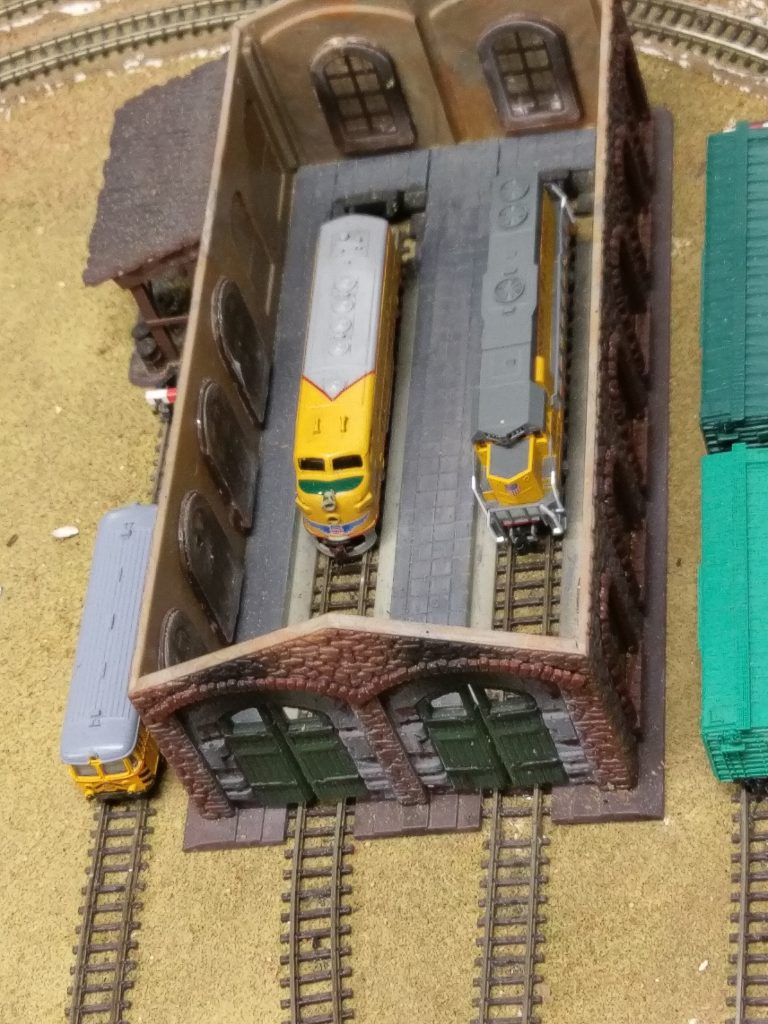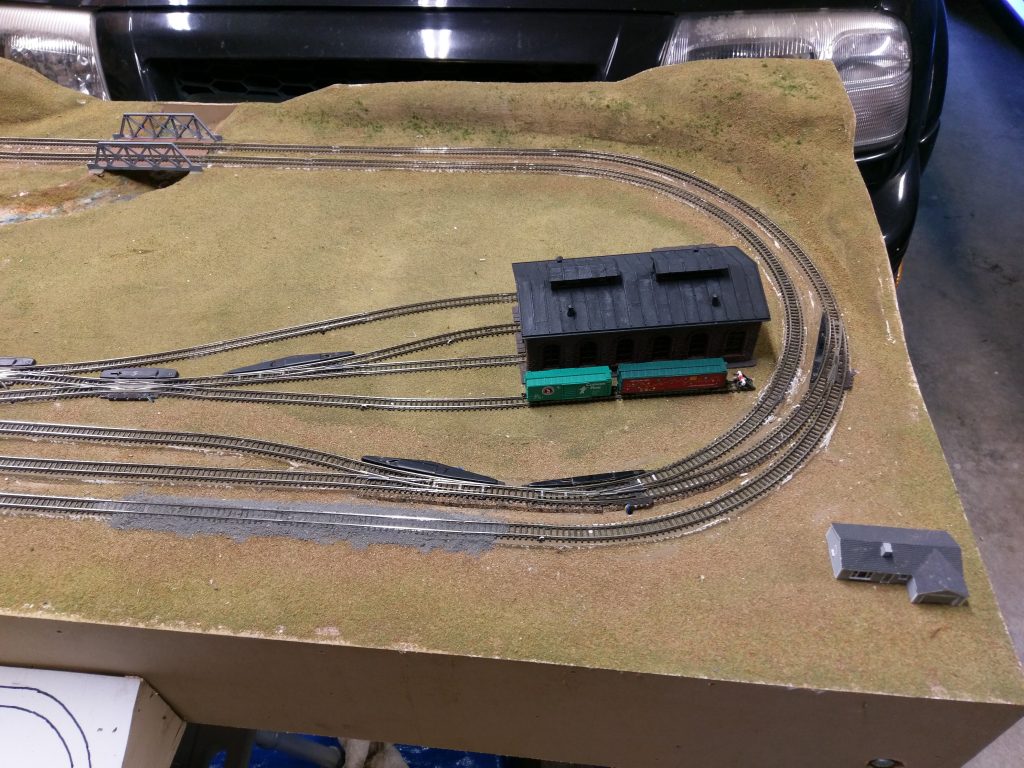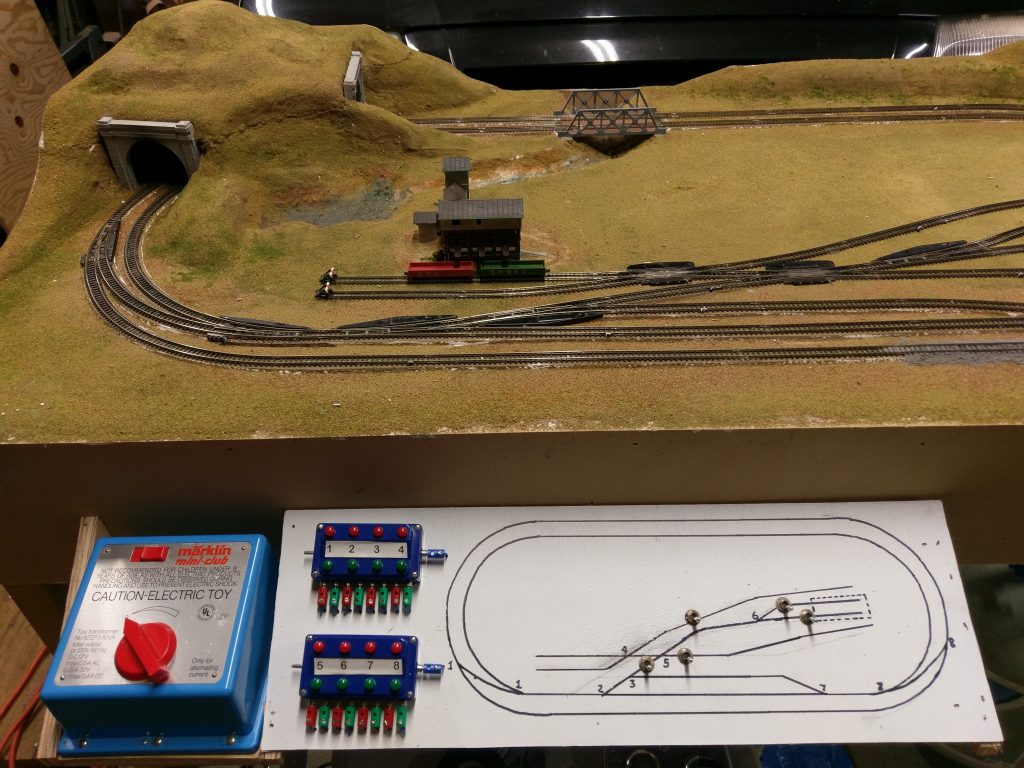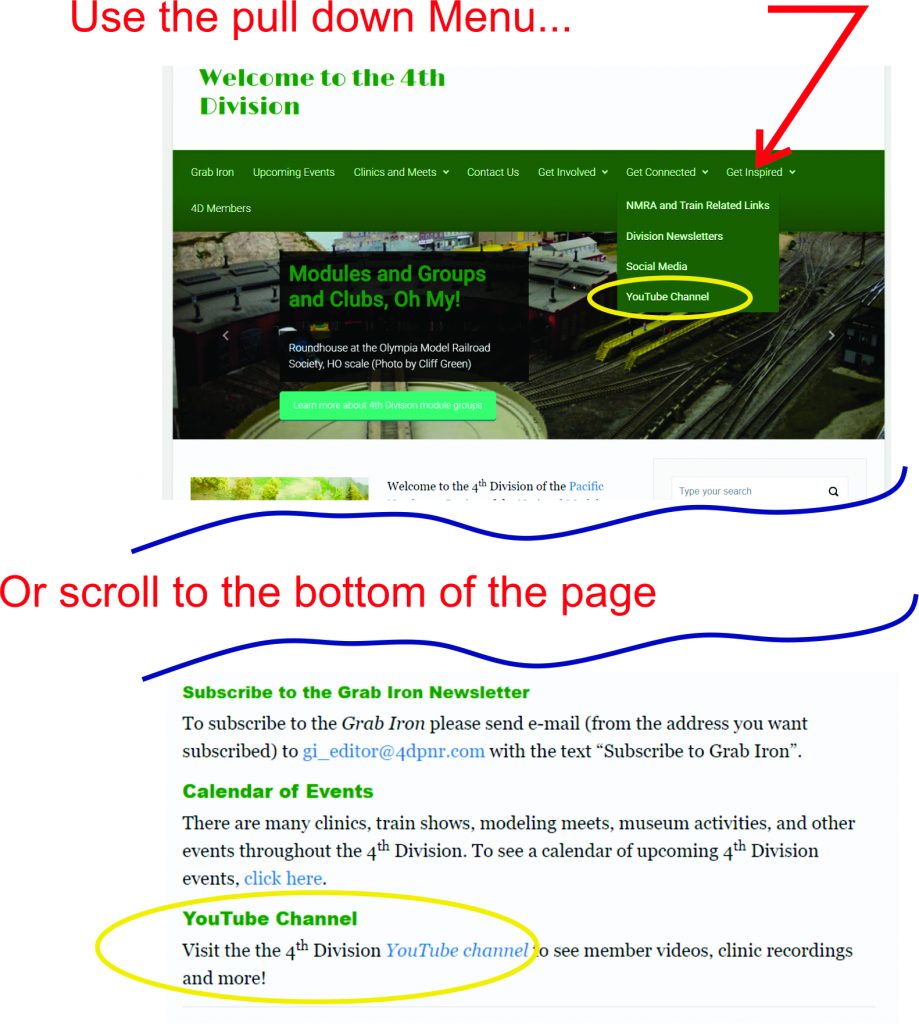Announcing the Eastside Virtual Get Together Clinic to be held on THURSDAY, August 20, 2020 at 7:00 PM Pacific Daylight Time
Hello, everyone! I’m happy to announce our next Eastside Clinic will be held virtually on ZOOM next Thursday, 08/20, starting at 7:00 PM (We have switched back to Thursdays by popular demand!). Since our clinics are virtual these days, I would like to extend an invitation to the entire 4th Division and encourage you to join our Clinic next Thursday. You’ll meet some of the other modelers here in the Puget Sound area and see some of the outstanding model work that is being done. The log in info for the clinic is below. So be sure and save the date for the August Eastside Clinic next Thursday, 08/20 at 7 PM!
Topic: August Eastside Clinic Zoom Meeting
Time: Aug 20, 2020 07:00 PM Pacific Time (US and Canada)
Join Zoom Meeting
https://us02web.zoom.us/j/86859299442?pwd=YVJ3SU8xV2h2MUtwZ0NzNU53WjJLdz09
Meeting ID: 868 5929 9442
Passcode: 909838
One tap mobile
+12532158782,,86859299442#,,,,,,0#,,909838# US (Tacoma)
+13462487799,,86859299442#,,,,,,0#,,909838# US (Houston)
Dial by your location
+1 253 215 8782 US (Tacoma)
+1 346 248 7799 US (Houston)
+1 669 900 6833 US (San Jose)
+1 301 715 8592 US (Germantown)
+1 312 626 6799 US (Chicago)
+1 929 205 6099 US (New York)
Meeting ID: 868 5929 9442
Passcode: 909838
Find your local number: https://us02web.zoom.us/u/kdkPF48Ufd
Our virtual Clinic this month is titled “Scenery- Making It Work for You and Your Layout” and will be presented by David Yadock. David is a very talented local MMR modeler. The clinic will examine scenery planning and execution specifically on David’s Dry Gulch & Western Railroad. It will look at scenery base materials and some various techniques used to create realistic scenes that can be applied to your layout. There will be information for the novice to the expert model railroader.
After the Clinic, we will have some time for other folks to show off their latest model work in our “Show and Brag” segment. The Clinic will wrap up with some administrative comments.
Alex Brikoff, 08/14/2020






